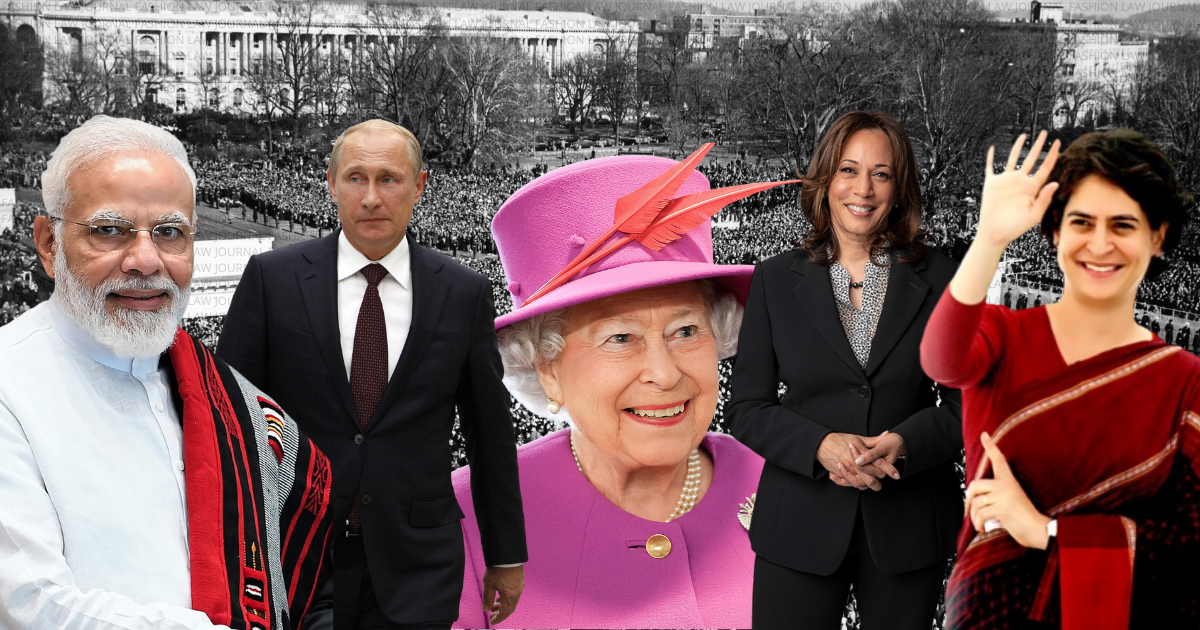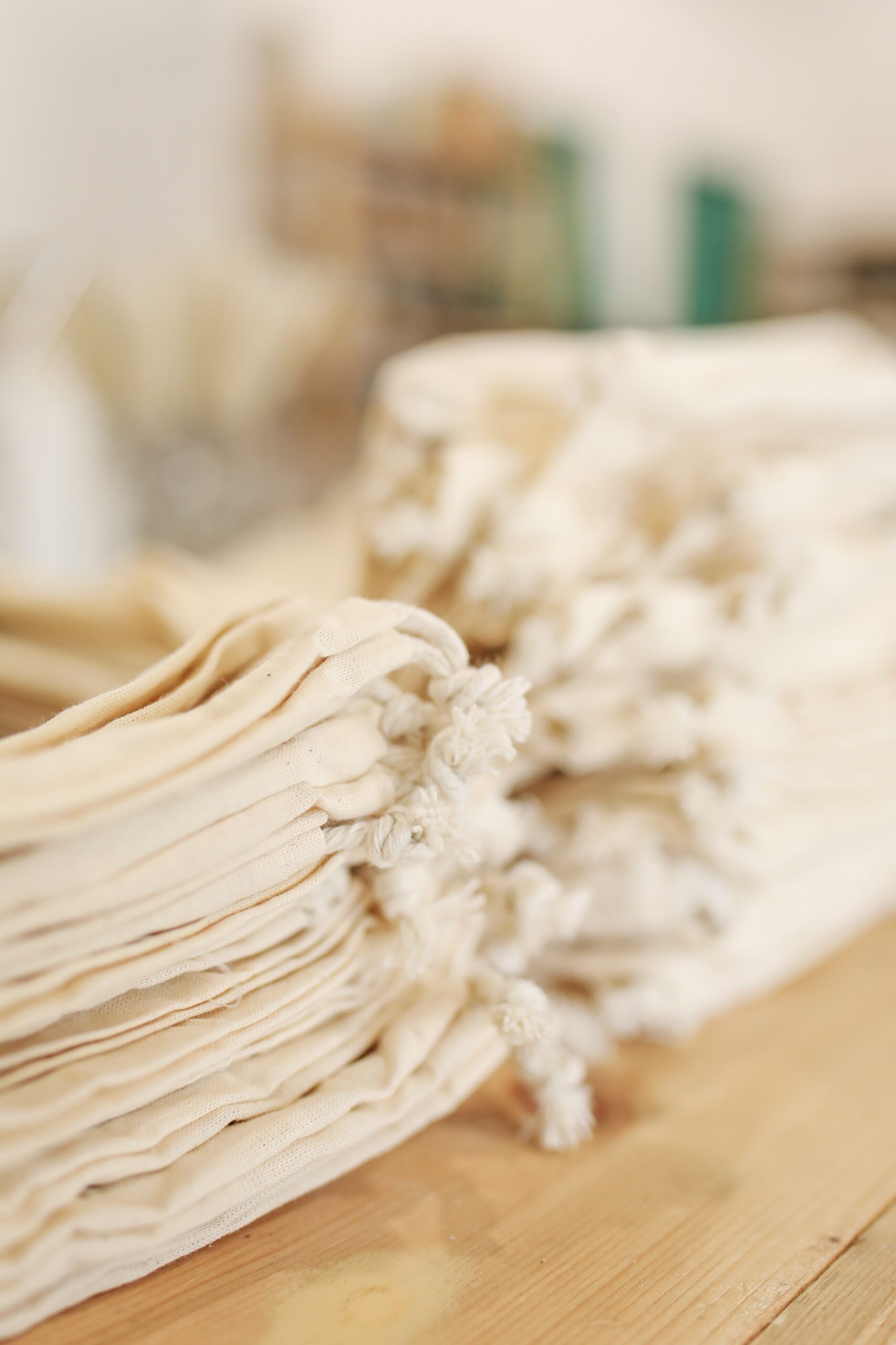As the name suggests, the term “Big Tech” is applied to the largest, more prominent companies in the industry of information and technology. That said, it goes without saying that throughout the years – and more specifically due to recent developments the present conjunction imposed upon the world – the power, prestige and influence of these companies have reached unparalleled proportions. Currently, they serve as great facilitators of every-day-life, especially once considered that they are present in every aspect of one’s routine; offering ever-changing products and services to improve consumer’s experiences.
In truth, “everything in Big Tech goes big or it doesn’t go at all—and the bigger it gets, the more likely it is to go bigger still”. Therefore, notwithstanding all the good that has been achieved, as these companies’ capacities grew, so did the concern of those who wondered whether or not they had gained too much power over society.
Technology is a field with exponential growth, given that its progress more often than not facilitates a quickening, never-ending cycle of development. In accordance with this, it is relevant to point out that the pandemic has favored said industry; demanding this cycle happen faster and faster. In other terms, as society’s demands changed, tech giants were the only ones able to fulfill such peculiar conditions, which made each of their innovations a worldly affair. Home and online shopping, the purchase of better equipment for school and work, those are only a couple of examples of what has been a global reality ever since the breakout of COVID-19. But that’s not all, as tech giants also used the pandemic as an opportunity to improve and make more money; rethinking their investments and following customer’s needs.
And how is fashion moved by these powerful players? Well, as mentioned, technology giants have been pulling strings behind the curtains for a while now, and the fashion industry is not an exception of that, in any way. As such, it is imperative to notice how now, more than ever, “big Tech itself—like Big Finance before it—has controlled the narrative”.
About that, elaborates Hawley (2021):
Big Tech’s business model is based principally on data collection and advertising, which means devising ways to manipulate individuals to change their behavior—and then selling that opportunity at manipulation to big corporations. The result? An addiction economy designed to keep us online as much as possible, as long as possible, to sell us more and more stuff and collect more and more information.
That said, one needs to look deeper.
HOW BIG TECH HAS BEEN INFLUENCING THE FASHION INDUSTRY: BIG DATA, ARTIFICIAL INTELLIGENCE AND THE INTERNET OF THINGS
The present article won’t focus on the most obvious changes induced by the presence of technology in the fashion industry, but instead, on the more subtle power plays that are so often lost to the public eye. With that in mind, considering society as a whole is now living through an “insta-age”, where fashion is mostly consumed in a volatile instant and trends change overnight, one must primarily see that influent technology companies have every chance to transform the concept of fashion; which they have been doing with growing intensity as these two industries build deeper relationships with each other.
That said, it is not only through the enhancing of fast-fashion culture, what has been exhaustively discussed in the past, that technology might affect the industry; and once considered how the tools such companies have developed might assist brands in improving their sales and ratings, one might realize that “the secret sauce behind the brands’ quick trendsetting is owed to optimizing everything with big data.”
And how exactly would it work? Well, as said by Zhang (2017):
Since it has come to light, big data is becoming an incredibly important way that companies are outperforming each other. Even new entrants into the market are going to be able to leverage strategies that data has found in order to compete, innovate, and attain real value. This will be the way that all the different companies, new and established, will compete on the same level.
In other words, much like the technology giants themselves, fashion brands that are able to make use of their customer’s data – which becomes exponentially more frequent as the post-pandemic reality is aligned with fast-fashion’s microtrends – have a competitive advantage against newer, smaller or even well-established businesses, as they might predict which items or styles will trend next by the analysis of people’s last and recurring purchases. Through these predictions, they are able to adjust their marketing strategies, customizing product suggestions and making their products more attractive to each specific buyer. It is the use of Artificial Intelligence (AI) to boost the experience of consumers, “analyze data, boost sales, forecast trends and offer inventory-related guidance”
The concept and implications of what Big Data and Artificial Intelligence might mean to the world haven’t been fully grasped, proving themselves to be issues that Competition Law has yet to adjust to. A quick example of that might be that of Shein. The fast-fashion brand, who notoriously make use of Big Data, has been accused of “surveillance capitalism” in the past. It is a serious offense. Yet, the lines and limits haven’t been fully drawn when it comes to the newer uses of tech and information, and brands – as well as individuals – are finding it hard to navigate legality; not knowing what would be a lawful advantage, and what would be considered illicit.
Other than the use of Big Data and the presence of AI as competitive weapons, it is note-worthy how impactful the contribution of the Internet of Things (IoT) has been in fashion.
For those who aren’t aware, the Internet of Things – or IoT – is the incorporation of sensors, software and other technological aspects to everyday physical devices. Additionally, these devices are often connected to each other, and together they collect and share data among themselves. Examples of the IoT are turning more common overnight, with the banalization of wireless inventory trackers or even smart-home security systems. In this manner, one might agree that, even if the term “IoT” sounds avant-garde and unknown, the Internet of Things is becoming, in essence, an ever-expanding every-day reality, filled with connected devices, sprawling networks and a massive amount of data.
In the industry of fashion, naturally, the use of the IoT has little to do with aesthetics, focusing instead on functionality and performance. As such, one must think about the presence of health benefits and enhancing sportswear in the last few years. In terms of health benefits, the market is now filled with fashion accessories that are able to assert and measure a person’s health while they wear them; the most obvious example is that being that of the smart watch, worn in various kinds of activities. It has, in certain ways, placed a spotlight on the section of sportswear, which is arguably one of the most technologically innovative in the industry.
Those are only a few situations in which the influence of technology and the presence of Big Tech has framed the industry of fashion. The relationship between technology and fashion is not one-sided, however, as Tech Giants have also found that a deeper relationship with some of fashion’s most famous houses was in their best interest. That said, these companies have been feeding off publicity during fashion events. Through the sponsoring of some of the shows featured at New York Fashion Week, companies such as Google and Samsung found a way to promote or even launch products in an environment filled with visibility and glamour. And let’s not forget the iconic pair that is Rihanna’s Savage x Fenty lingerie and Amazon Prime, who exclusively streams the show.
Therefore, what can be seen, is a “mutually beneficial partnership across both industries, through which tech companies can earn brand cachet and facetime with business and consumer clients, and fashion brands can milk tech’s data and toolsets.”
It is a partnership that still has much to offer, and the public might very well be excited to see what’s to come.
















